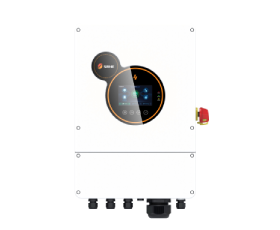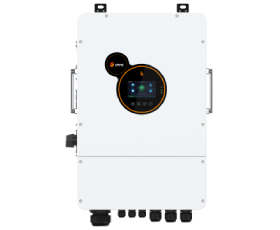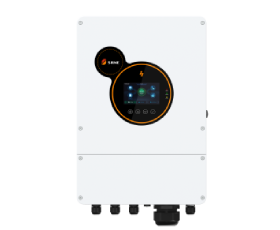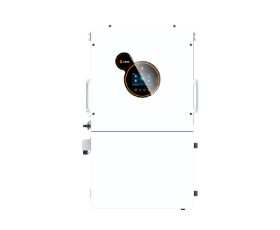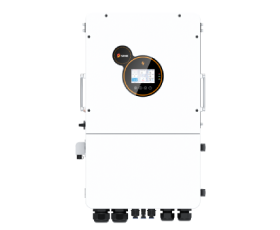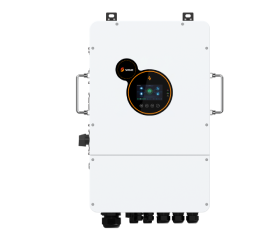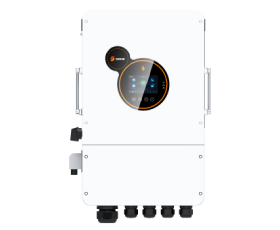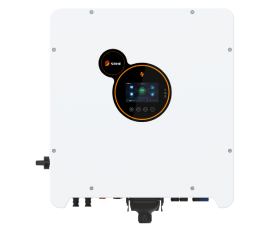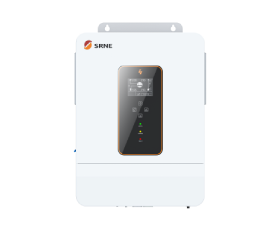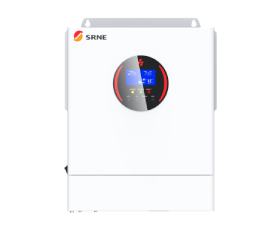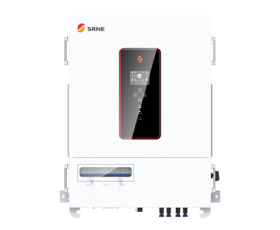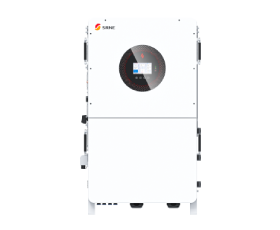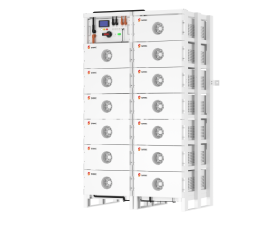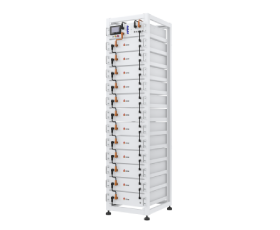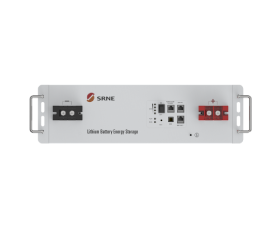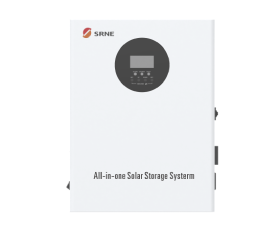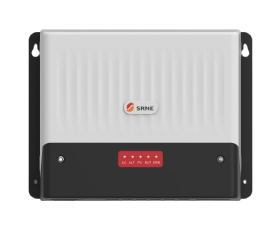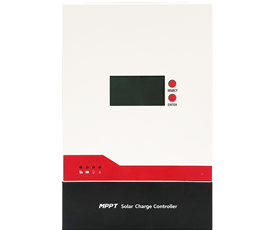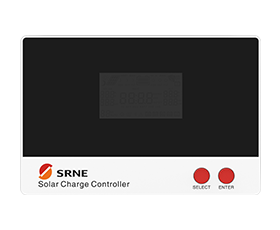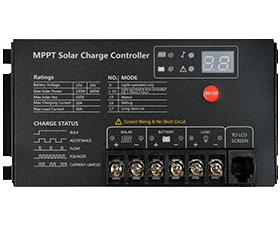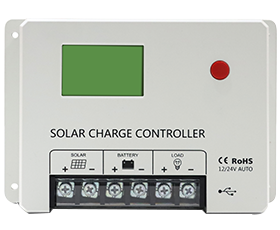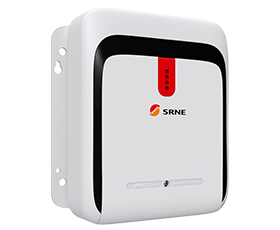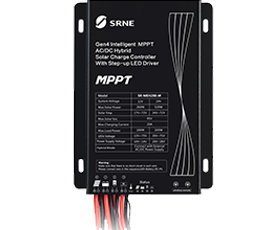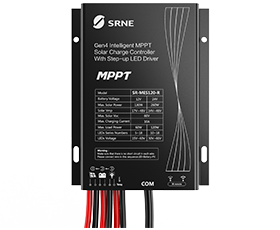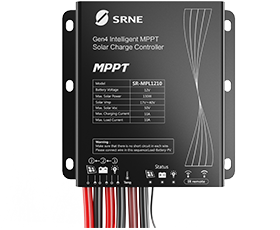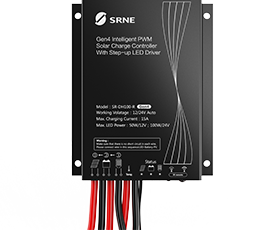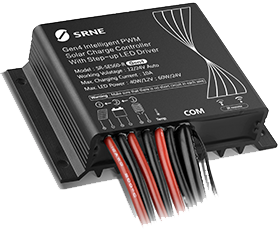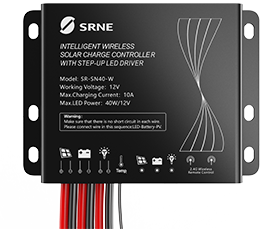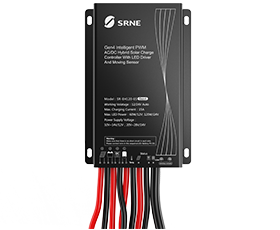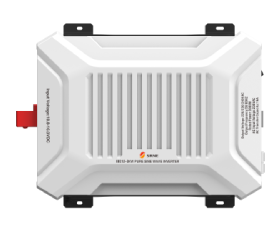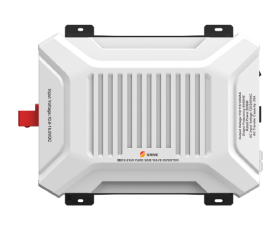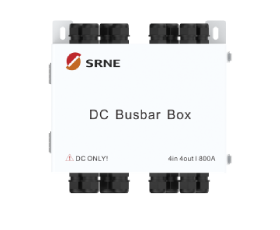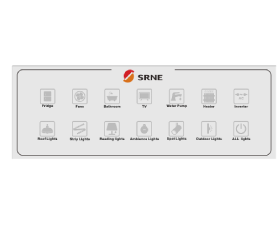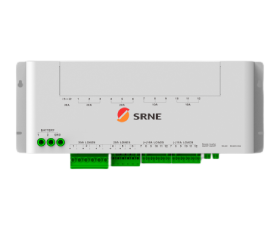Solar Storage Battery Maintenance
Batteries are one of the most important part of a solar power system, and the part where you are most likely to run into troubles. As mentioned in the previous article, wet-cell lead acid batteries are the most typical type of battery that you will find in an off-grid system. Conscientious battery maintenance is essential for proper functioning, safety, and the longevity of your system.
Taking good care of your solar batteries is one of the best ways to increase the life of your batteries and decrease the lifetime cost of your off-grid solar electricity system. If poorly treated, batteries can go bad in a matter of weeks, leaving you broke and in the dark.
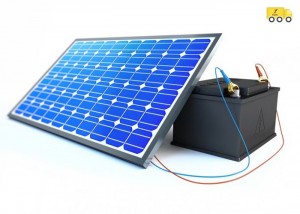
Here are some tips for maintaining your solar battery.
Regulate the Number of Batteries
You should try to lower the number of batteries used at the bank. Use of several batteries may increase resistance and connection that is likely to result into unequal charging. Therefore, regulate the number of batteries used in your bank up to 4 or maybe less.
Prevent Corrosion
In flooded battery installations, corrosion of terminals and cables may causes resistance and potential hazards. Once there is corrosion , it is hard to stop. But there is a good news — it is easy to prevent! Apply a non-hardening sealant to all of the metal parts of the terminals before assembly. Completely coat the battery terminals, the wire lugs, and the nuts and bolts individually. A sealant applied after assembly will not reach all around every junction. Voids will remain, acid spatter will enter, and corrosion will begin as soon as your installation is finished.
Prevent Overdischarging Your Battery
The deeper you discharge your batteries, the shorter their lifespan will be. The general rule for solar-electric systems is to prevent discharging your batteries more than 50%. This typically equates to roughly 12 Volts on a 12V nominal system under a small load. We recommend a good battery monitor to more easily determine your battery state-of-charge. Most inverters are designed to shut down if the battery voltage gets too low in order to prevent damage to the batteries. This is called the Low Voltage Disconnect (LVD). Make sure to adjust your LVD settings on your inverter to prevent over discharging your batteries.
Bring Batteries to A Full State-Of-Charge on A Regular Basis
Bring the batteries to a full state-of-charge (SOC) at least every 3 weeks. This reduces internal corrosion and degradation, and helps to insure battery equalization, so that any weaker cells do not fall continually. A full SOC may occur naturally during most of the year, but do not hesitate to run a generator when necessary, to bring the batteries up. Information like this should be posted at the power center. For more details, refer to the instructions for the inverter and for the batteries.
Moderate the Temperature
Batteries lose approximately 25% of their capacity at a temperature of 30°F. At higher temperatures, they deteriorate faster. Thus, it is desirable to protect them from temperature extremes. If no thermally-stable structure is available, consider an earth-sheltered enclosure. Where low temperature cannot be avoided, get a larger battery bank to make up for the loss of capacity in the winter. Avoid direct radiant heat sources that will cause some batteries to get warmer than others.
Temperature Compensation
When batteries are cold, they require an increase in the charge voltage limit, in order to reach full charge. When they are warm, they require a reduction in the voltage limit in order to prevent overcharge. Temperature compensation is a feature in many solar charge controllers and power centers, as well as in the back-up chargers in some inverters. To use this feature, order the accessory temperature probe for each charging device, and attach it to any one of the batteries.
Conclusion
Solar batteries are the heart of your power system. They may need your attention occasionally, but your relationship with them need not be a struggle. We should realize the importance of solar battery maintenance. With a proper installation, a little understanding and some simple maintenance, your batteries will live a long and healthy life.





















